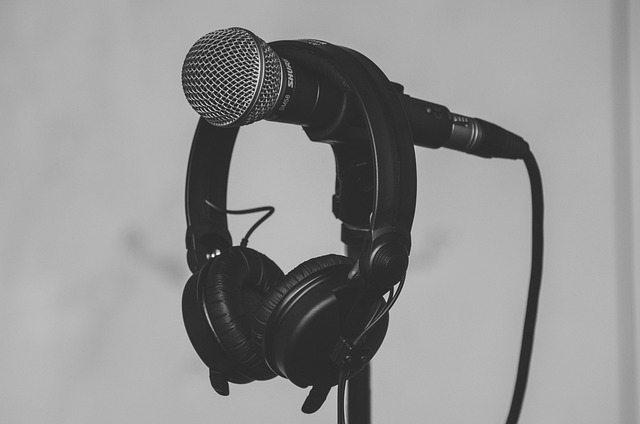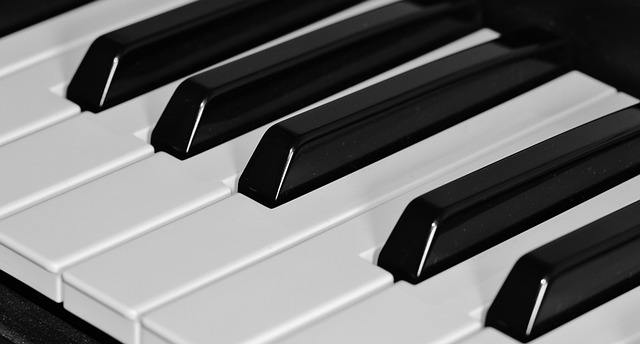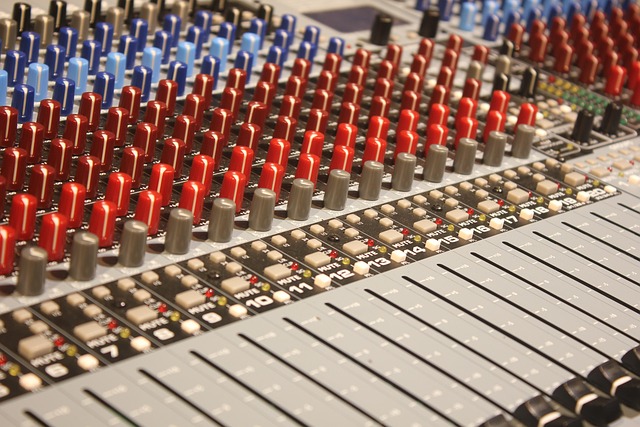An Introduction to Audio Recording: Unleashing Your Inner Sound Engineer
Have you ever listened to a song and thought about what went into creating that perfect sound? The power that audio recording holds is nothing short of magical, and this introduction to the world of sound engineering aims to guide you on your journey to uncovering your unique sound signature.
Whether you’re a budding musician, a passionate podcaster, or simply someone who marvels at the art of sound, understanding audio recording can be a transformative experience. Imagine the thrill of sitting behind a console, layering tracks, and mixing sounds that resonate with your audience. The ability to shape and sculpt audio opens a universe of creativity just waiting to be explored.
Getting Started: Essential Gear
The first step in your audio recording journey is to gather the essential gear. Don’t be intimidated; you don’t need to break the bank to get started. Here are some basics:
- Microphone: A quality microphone captures the essence of sound. Consider a dynamic microphone for vocals or a condenser microphone for richer soundscapes.
- Audio Interface: This device converts your analog signals into digital data, making it crucial for recording high-quality audio on your computer.
- Digital Audio Workstation (DAW): Software like Ableton Live, Logic Pro, or GarageBand will be your main hub for editing and producing audio tracks.
Understanding the Basics of Sound
To really get your bearings in audio recording, it’s important to grasp some fundamental concepts about sound. Sound is a wave that travels through air or another medium. It consists of three primary elements:
- Frequency: This determines the pitch of the sound. Higher frequencies create higher pitches, while lower frequencies produce deeper sounds.
- Amplitude: This refers to the volume or loudness of the sound. A larger amplitude means a louder sound, while a smaller one results in softer audio.
- Timbre: Often referred to as the color of sound, timbre is what makes different instruments or voices sound unique, even when they play the same pitch.
Recording Techniques to Explore
As you dive deeper into audio recording, experimenting with various techniques will be essential. Here are a few to try:
- Multi-Tracking: Layering different audio tracks allows for a richer, more complex sound. You can record multiple takes of a single instrument or vocals and blend them seamlessly.
- Room Acoustics: Pay attention to where you’re recording. The room’s size, shape, and furnishings can greatly affect the sound. Experiment with different locations to find the best sonic quality.
- Effects and Processing: Delve into the world of effects such as reverb, delay, and equalization. These tools shape your sound, giving it depth and character.
Connecting with Your Audience
At its core, audio recording is about connection. It’s about portraying feelings and emotions that resonate with listeners. This introduction to sound engineering is not just a technical endeavor; it is a way to communicate and tell stories through sound. Your recordings have the potential to inspire, entertain, and evoke memories in a way that only music and sound can.
So, are you ready to unleash your inner sound engineer? The world of audio recording awaits you, filled with endless opportunities for creativity and expression. Embrace the chaos, enjoy the learning process, and let your sound be heard!



